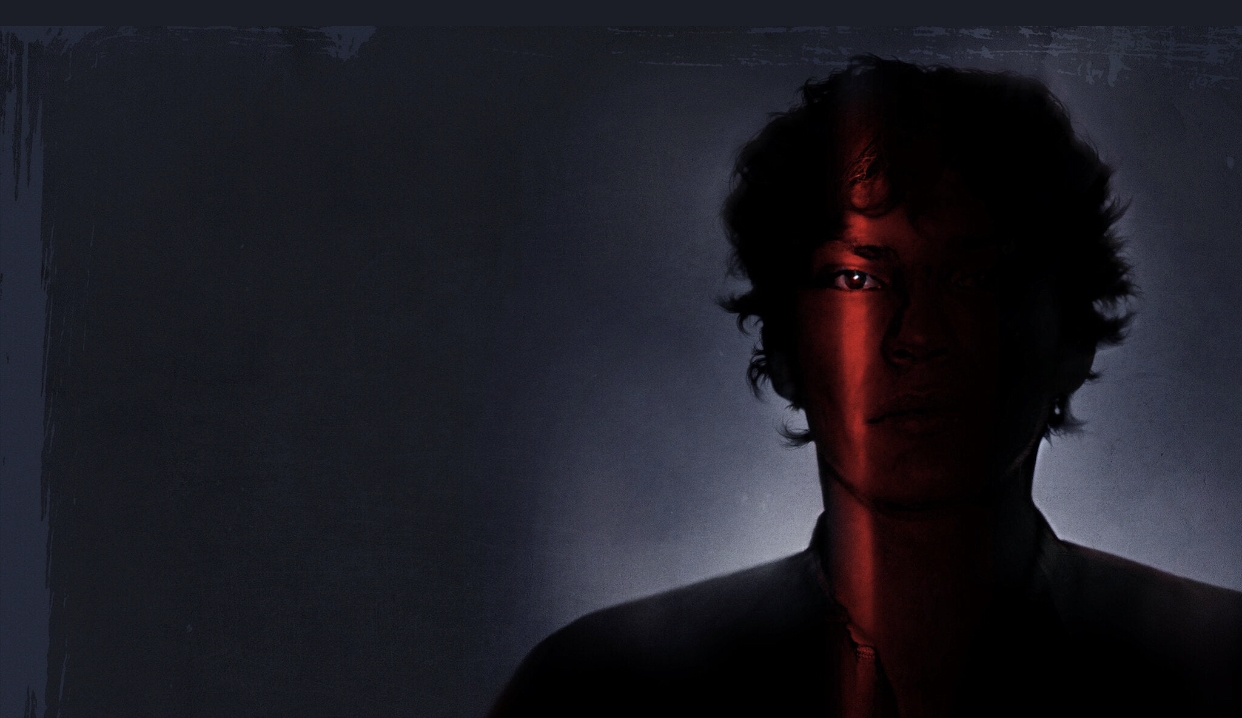“Night Stalker: The Hunt for a Serial Killer,” Netflix’s latest true crime docu-series directed by Tiller Russell, recounts the crimes serial killer Richard Ramirez committed from March to August 1985. The series’ narration revolves primarily around the perspectives of two former Homicide Bureau detectives of the Los Angeles County Sheriff’s Department, Gil Carrillo and Frank Salerno. Ramirez, a Satan-worshipping serial killer, was infamously known as the “Night Stalker” for the 13 gruesome murders and numerous kidnappings, rapes and attempted murders he committed throughout 1984 to 1985.
Ramirez did not have a specific modus operandi, or M.O. — he targeted men, women and children of any age and ethnicity and killed some but spared others. The LA Homicide Bureau had never seen a killer like Ramirez before and initially rebuked Carrillo’s suggestion that there was only one man behind all of the crimes.
The first episode of the docu-series, released on Jan. 13, opens with imagery of a 1980s-style LA utopia.
“Los Angeles City has almost all benefits and no negatives,” a man claims in the introduction.
Upbeat music plays over a montage that portrays LA as a metropolis of rock and roll, dance, skates and muscle men on Venice Beach.
“Crime dropped like a rock,” one interviewee said.
Yes, that seems plausible. LA in the ’80s must have been perfect. Where could this series about one of the most perverse and violent LA-based serial killers possibly go next?
You guessed it. The music abruptly distorts in an attempt at a captivating hook and flips this idyllic depiction of 1980s LA. The depiction is visually accompanied by an aerial shot of the back of the Hollywood Sign and symbolizes a shift in tone — the idea that the viewer is diving into the city’s dark underbelly. The viewer is introduced to a demonic, “American Horror Story” style breeding ground for murder and pentagrams. Juxtaposing the initial illusion of a perfect LA, shots of demonic rituals and murder victims are shown to depict the “dark side” of LA.
“Night Stalker: The Hunt for a Serial Killer” may be visually arresting, but its delivery is a little too on the nose. Despite this, the B-roll footage supplementing the interviewees recounting their experiences is creative. Some notable mentions include a close-up of two goldfish jolting at the sound of a gunshot, a heavily filtered slow-motion clip of a rat and Pac-Man chasing a ghost crosscut with Ramirez’s chase scene. The scenes are overlaid with a dramatic soundtrack to build a suspenseful atmosphere. It is almost as if the series’ creators compiled a seemingly random assortment of B-roll footage that is the film equivalent to stock photos when they stitched together the final cut of the docu-series.
Although the series’ execution was tacky, it does not detract from its watchability. The kitschy tactics employed by the creators nonetheless carried me along and pulled me in with every interview, even until the final episode of the four-part series. The last episode includes an intense chase scene — the one that is crosscut with Pac-Man chasing a ghost — interlaced with eyewitness descriptions of the event as it happened and ends with Ramirez’s long-awaited capture, providing catharsis for the viewer.
The show is entertaining, and the audience is lured into its world through gratuitous B-roll footage matched up with real footage from the ’80s and crime scene photographs, including images of bloody bed sheets and mutilated bodies.
Is it possible the story’s integrity and respect for the killer’s victims were lost in an attempt to create entertaining content? A story that should be charged with sadness and horror is instead made colorfully engaging and easily digestible — a tasteless commercialization of tragedies and the ethically repugnant murderer behind them.
Apart from style and presentation, the structure of the series is sequential. The chronological order of events assists the building of suspense — the audience is presented with facts in the same order as Carrillo and Salerno. The story unfolds in a logical and clear manner, while still evoking intrigue and a sense of drama. Viewers are urged to piece together a slew of clues alongside the detectives.
The series includes interviews with Carrillo and Salerno, Carrillo’s wife, survivors, victims’ family members, journalists and reporters involved in the case. The perspectives are dynamic and moving — especially those of survivors. There is no need for the dramatization of these accounts. If anything, despite the tacky manner in which the story is presented, the interviews could stand alone as emotional, personal accounts worthy of an attentive watch.
Impressively, the series holds the viewer’s interest. Information is withheld and revealed at just the right moments. I embarrassingly admit I rode the rollercoaster of crude tension and suspense up until the very end, which was surprisingly satisfying: Ramirez’s emotional trial with the courthouse filled with a mixture of victims’ families, reporters, Satan worshippers that looked up to Ramirez and a number of groupies — the serial killer garnered a lot of sex appeal in the media.
The storytelling in “Night Stalker: The Hunt for a Serial Killer” — both visually and literally — was clichéd but effective. However, was its retelling of such a sensitive story appropriate? The docu-series teeters on the line of sacrificing the severity of Richard Ramirez’s killing spree for entertainment’s sake and of evoking genuine empathy and intrigue from the audience. Regardless, the series is worth a watch for the audience to decide.
Jacqueline Lee is an Entertainment intern for the Winter 2021 quarter. She can be reached at Jacqusl4@uci.edu.

